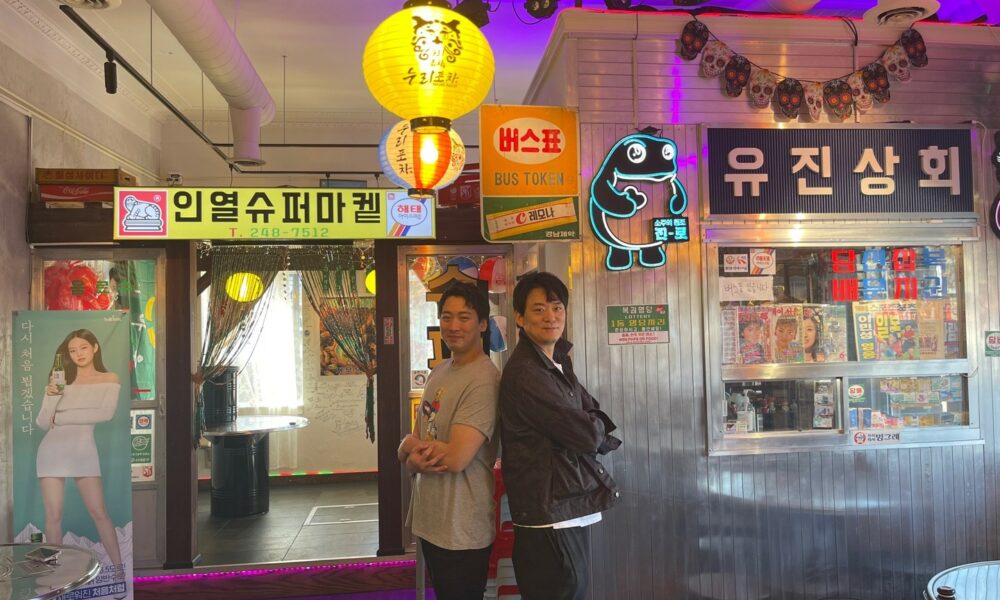

Today we’d like to introduce you to In Yeol Kwon.
Hi In Yeol, it’s an honor to have you on the platform. Thanks for taking the time to share your story with us – to start maybe you can share some of your backstory with our readers.
We started planning our business model in the middle of the pandemic. A handful of restaurants we personally knew were closing due to difficult financial situations. It was not the best timing to step into the restaurant industry, but we also thought it was an opportunity for us. Rent was affordable, and competition became scarcer. We began to think that the pandemic was a huge opportunity for us. And because we believed that one day the pandemic would eventually end, we had confidence in starting the business.
Our goal was not to just sell food and drinks but also sell the culture. You can find restaurants with good food anywhere around the world. The quality of food can only get you so far because having great food is not an option but a must in the restaurant industry. That is why we thought we should focus on providing customers with a different experience. We wanted our customers to come into our restaurant and feel like they are in Korea.
We started out with only having our take-out area open with few seats available for fast-casual style restaurants. This continued for about a year and a half until we were finally able to receive our Liquor License. Upon receiving the license, me and my brother-in-law focused heavily on improving and making drastic changes to the interior and the atmosphere of the dining area. We personally did most of the construction, branding, and interior design.
We all face challenges, but looking back, would you describe it as a relatively smooth road?
Not everything was as smooth as we thought it would be. Among all the problems, food cost immediately became our biggest obstacle. When we first began Noori Chicken back in December 2021, a case of chicken breast cost about more than twice the market price prior to the pandemic. This put us in a tough spot at first because we firmly believed that keeping the price of our food close to or slightly below the market price is a must in order to allow as many customers to experience our dishes. The only reason we survived when we initially opened is because we were able to quickly build a solid customer base due to excellent food, service, and the atmosphere.
Labor was also a big problem. In the middle and the end of the pandemic and quarantines, it was difficult to find employees to work for us. I can still recall prepping until 4 in the morning, only to wake up in three hours to rush back to work. It took more than six months after opening to finally have enough employees. After the pandemic had been alleviated, a lot of these issues became less relevant as the food price and labor cost reached an equilibrium, just like what the economics textbooks say. We did have minor struggles here and there but in general, the restaurant found its stability.
As you know, we’re big fans of Noori Chicken/ Pocha. For our readers who might not be as familiar, what can you tell them about the brand?
We strive to provide unique cultural experiences when customers walk into our restaurants. As explained previously, there are too many restaurants that provide great food. We believe that in order to differentiate ourselves from other restaurants, we must provide customers with never before experienced culture from the moment they walk into our dining room. From music to even the smallest details of the interior design, we strived to let customers feel like they are traveling to Korea. Customers really enjoy looking at the details of our interior design. Our place is small with only 11 seatings available. Despite the small dining area, we have different sections within the dining area that resemble a typical Korean bus station newsstand, a butchery, a small market, and even a mom-and-pop shop. We decided to put up signages with names of the important members of the restaurant in these areas. People would ask what the signages mean and laugh at how my name would be visible for everyone to see.
Drinking is a culture itself in Korea. People love to drink in large groups and parties, play drinking games, and listen to exciting music while drinking. Koreans typically start to drink in their late 10s. And because Koreans love to drink in large groups, Koreans developed countless drinking games that do not necessarily require any special gadgets other than their hands or anything they can find on their tables. For example, a very popular Korean drinking game revolves around flicking a Soju bottle cap until it breaks; whoever breaks the bottle cap would have to drink whatever the other members have prepared for them. We truly believe that this kind of exciting drinking culture has its place in the States as well.
The atmosphere is also a huge selling point in our restaurant. Small spaces between tables, uncomfortable chairs, loud music, people talking loudly to the point where nothing can be heard is a typical Korean drinking atmosphere. People bumping into each other yelling to play games while drinking do not discomfort Koreans. They find it natural to drink in this atmosphere. It may not be for everyone, but once people break out of the ice, everyone starts to have a party.
The quality and the authenticity of food was the most important part of the business plan. Prior to opening our dining area, our Korean-style fried chicken had already become one of the best fried chicken restaurants in metro Detroit. Because we already had a strong customer base with our fried chicken, we focused on expanding our menu to dishes that go well with Korean spirits and beers. For example, tteokbokki is a typical Korean street food sold for less than a dollar when I was still a grade school student. It is a spicy rice cake dish found virtually anywhere around in Korea. While many Korean restaurants sell tteokbokki as a dish, we thought it would be a perfect opportunity for everyone to be able to taste this as a complimentary appetizer. Free refill is an added bonus. Portions of food were also important. Typical Korean dishes in drinking places are quite large. Korean eating culture is all about sharing dishes. When Koreans order food, they have in mind to share everything with everyone. Therefore, it is only natural that Korean dishes have evolved around having large portions. They also like to mix different dishes on a plate, which naturally evolved into mixing drinks as well. Our soju cocktails were also influenced by this culture.
Noori Pocha might not be the first Korean restaurant in Michigan, but we are the first to sell “the Korean culture”. There are more unique Korean cultures than just K-pop and K-food. We believe all of our uniqueness really melts together to form a place where everyone can have fun and experience something truly different when they step into our restaurant. Our wish is to have as many people experience what we as typical Koreans experienced when we were still in our twenties.
We’re always looking for the lessons that can be learned in any situation, including tragic ones like the Covid-19 crisis. Are there any lessons you’ve learned that you can share?
What I have learned from the pandemic is that most of the things that I have explained previously do not matter. The cost of everything, such as food cost increases in difficult times. To survive economic/ social difficulties, having great food is a must. Because most people tend to order food to go, the atmosphere and the interior becomes less important. Therefore, selling large volumes is the only way to survive the pandemic.
What we did to our restaurant when first opened Noori during the pandemic is to pay attention to every single detail as possible. We made sure to keep our food and service quality as high as we and to never cut costs in all aspects of the restaurant. I can still recall throwing away tens of cases of chicken and working 100+ hours to make sure the quality was top-notch. It meant coping with unbearable food costs and cutting many hours of sleep. However, these smallest details allowed us to cope with the pandemic and eventually become profitable.
Contact Info:
- Website: nooripocha.com
- Instagram: https://www.instagram.com/noori.clawson/
- Facebook: https://www.facebook.com/noori.clawson/
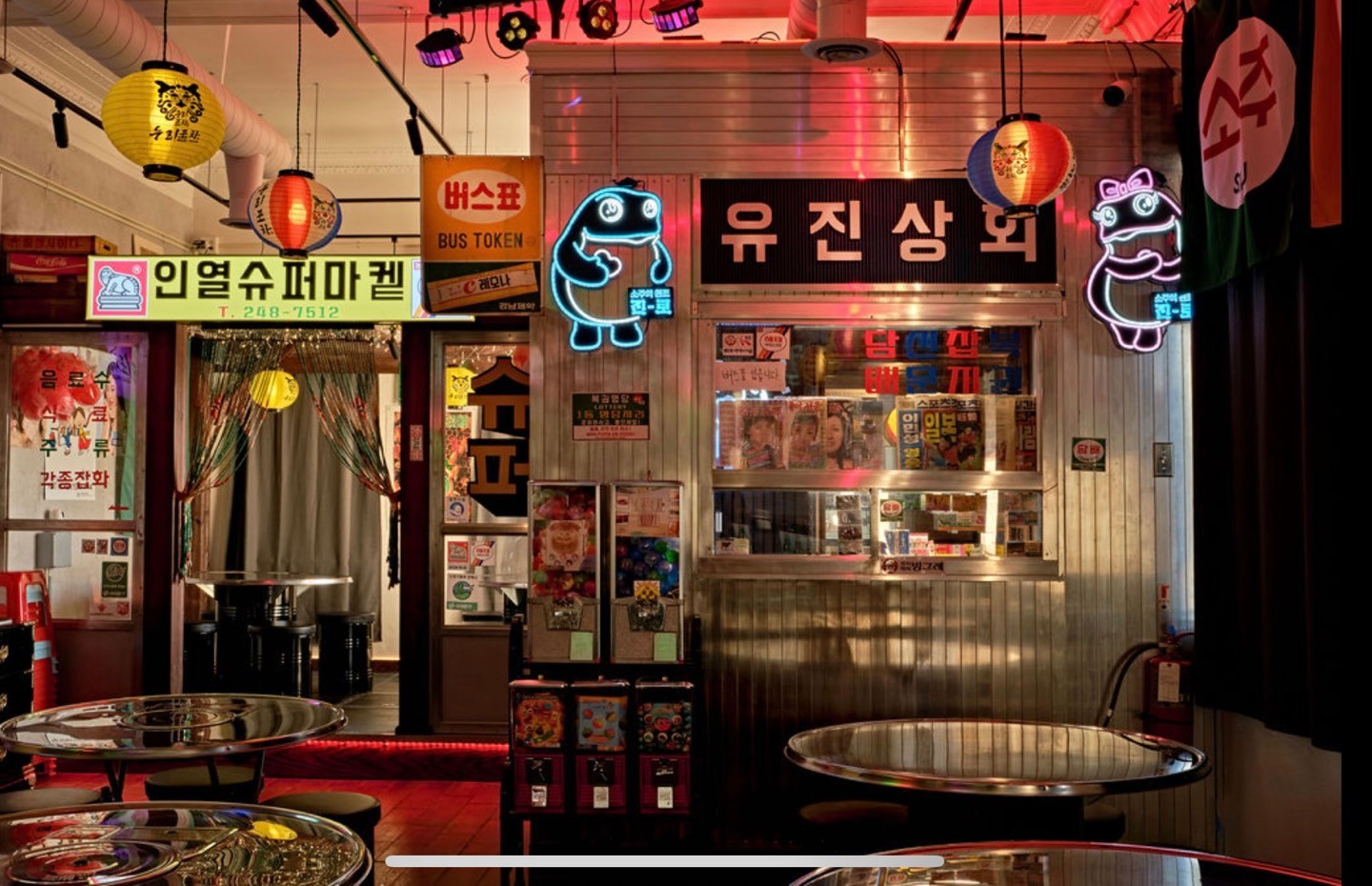
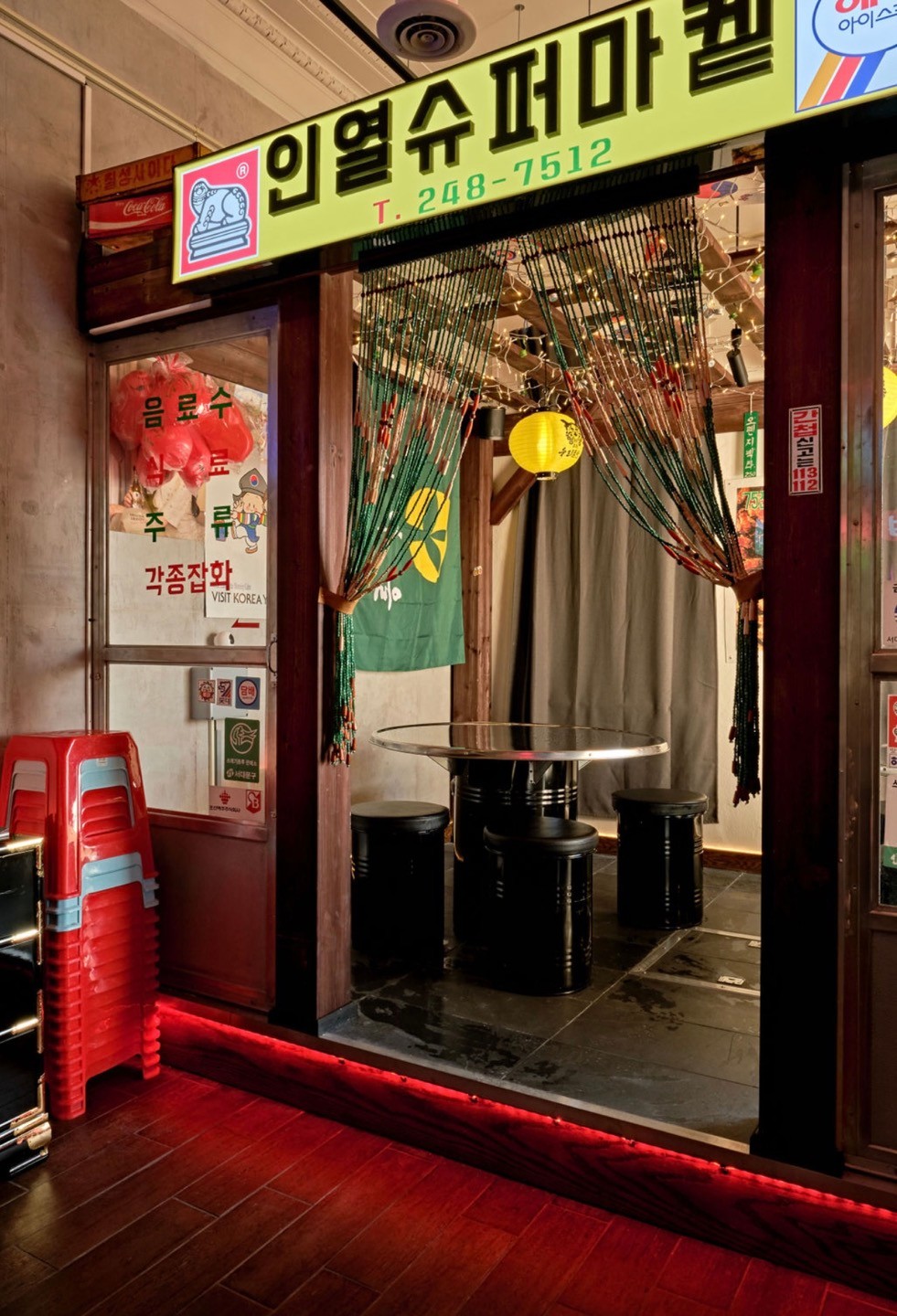
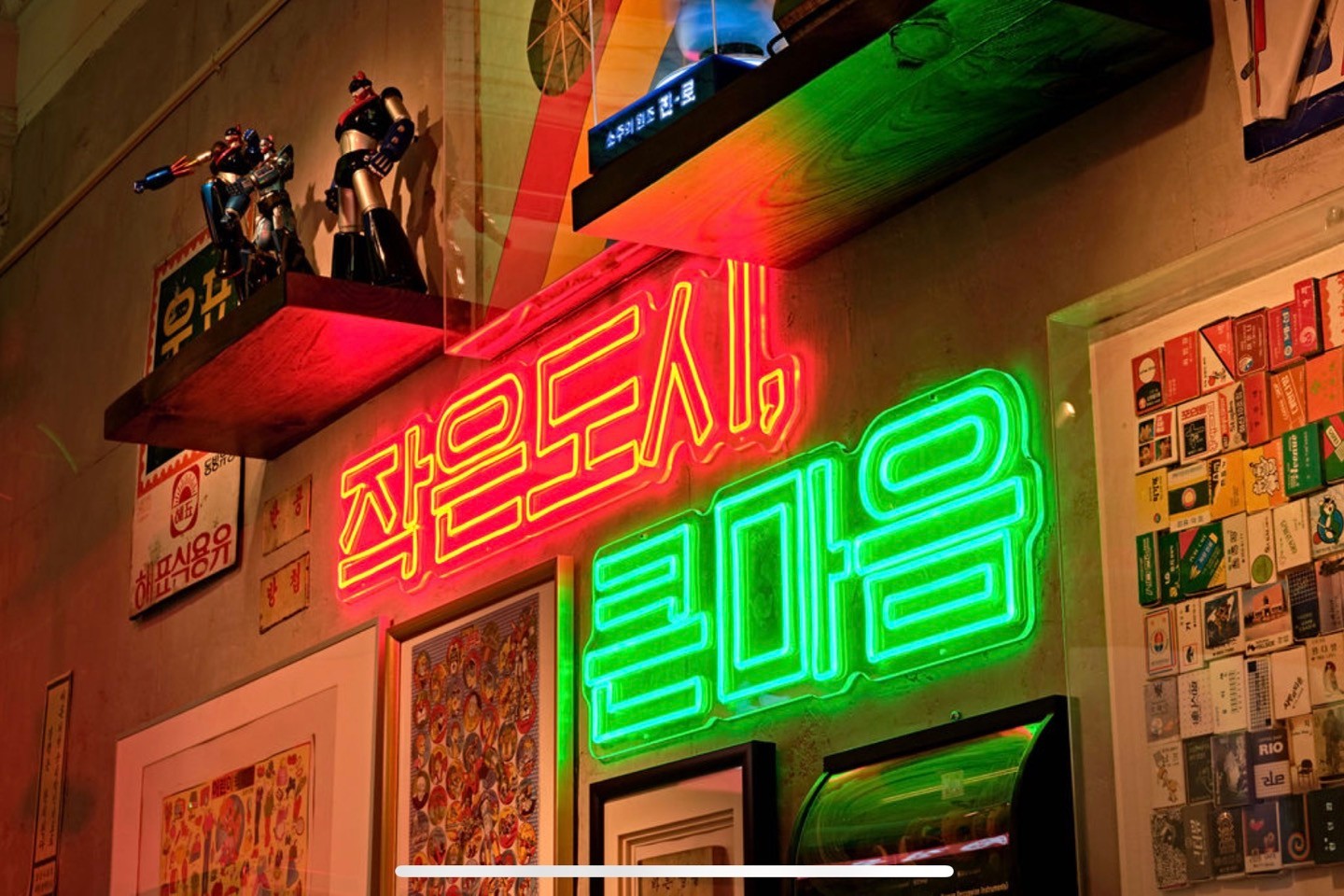
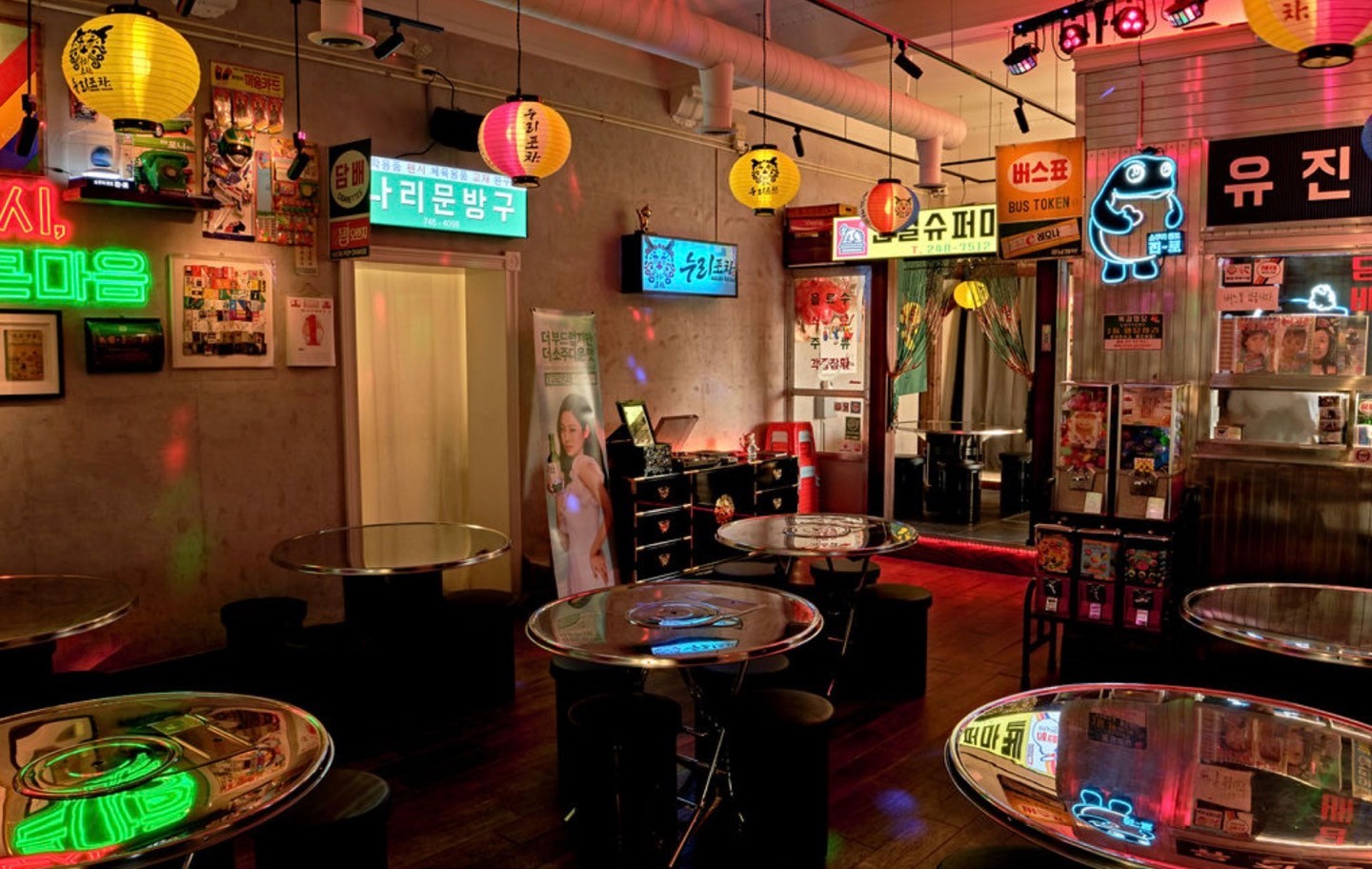
Image Credits
In Yeol Kwon











